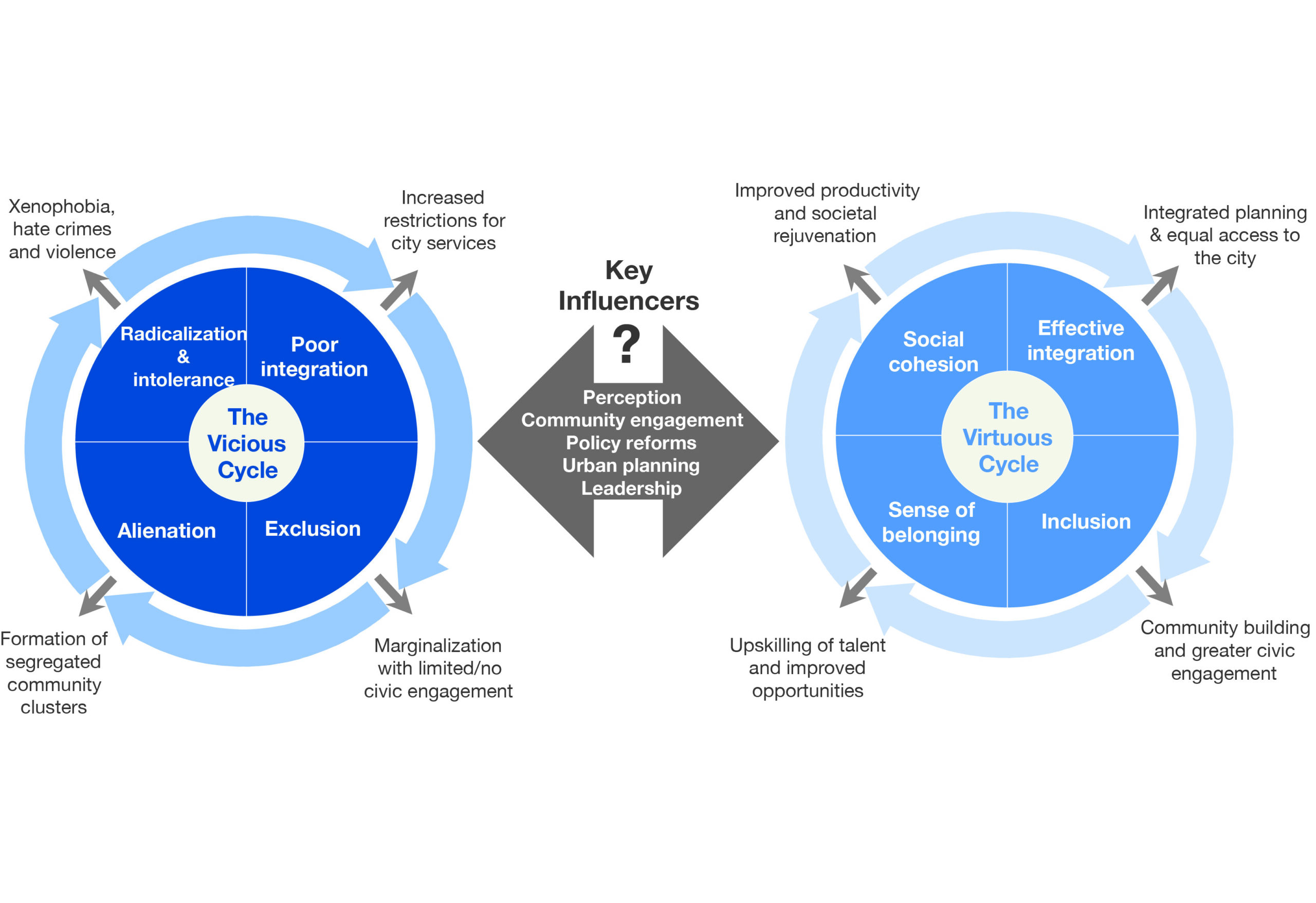A new student officer told me a great story over the summer that bears telling here.
When he arrived into the UK last year as an international PGT, he decided to go to the Freshers Fair to join societies and clubs.
He joined the society for his country on the basis that he would be able to connect with others from home. The people he met turned out to be not that different from those on his course, where one country dominates much of the international recruitment – although this way he was at least able to do stuff with the group that wasn’t just curricular.
What he really wanted to do was meet others not necessarily from his country, and keep fit – and so given horse riding is big for young men in his country, he joined the SU horse riding club.
They took his money. They didn’t say to him “ah well societies and clubs in the UK are often proxies for ethnicity and social class”.
He went along to a few of the society’s events, and found what really amounts to a social club for affluent young white British women. They pretty much ignored him. He only really therefore spent most of his year with people like him – and was apologising for his rough-ish spoken English as a result.
It’s the opposite of the diverse campus experience he was sold by his agent – and a little like a Brit going on holiday to Benidorm, where full English breakfasts are sold with salted butter, and Only Fools and Horses plays on a screen on a loop.
The student in question nevertheless stood for election as the SU’s activities officer and won. Good for him. But what should his agenda be now?
Capital acquisition
I’ve been round and round on this. Should we make clubs and societies over a certain size have access and participation plans? Should we cause more inter society events? Does the UK model where extra curricular is dominated by clubs and socs need to pivot towards more projects and events?
I don’t know. But it feels to me like this is about a lot more than some tweaks to an SU’s risk assessment forms and a different venue for Freshers Fair. It needs some proper thought.
While we know that “bonding” social capital is important to the student experience, I keep meeting international student officers who have only built that kind – where “bridging”, i.e. meeting others not like you, just isn’t happening at all. We can’t leave it to chance I’m afraid.
This all feels like it matters because across the sector, the pace of expansion of PGT numbers from Nigeria, India and Pakistan is astonishing – with the upward curve so sharp that it’s hard to believe it has been planned and is being managed effectively at all.
I was writing a briefing for SUs on sustainable student numbers growth earlier in the week, and while there were obvious issues in there like hardship funding, places to sit and having enough academics to do the teaching, I kept coming back to two major issues – cultural competence and community development.
I am not (just) a number
The first, I think, is straightforward to understand, if hard to deliver on. Having a decent understanding of the students you are recruiting is likely to mean that the way in which you scale up services, facilities and activities will better meet those students’ needs. Who knew?
In this last month I’ve come across surprise at one university that there’s suddenly a doubled demand for prayer room facilities, amazement at another that whole groups of students are talking in seminars in their own language, sudden collective frustration at one place at the quality and range of food on campus and deep resistance at another to bespoking a sexual violence prevention policy around the cultural norms of an emerging “block” of students.
I’m also hearing tales of misunderstanding over academic skills needs, confusion about hardship funding, bafflement over the distance away that students will choose to live and astonishment at how suspicious international students are of asking for help from universities in general for fear of risking their immigration status. All of this ought to be fixable, and in many cases it’s upsetting that it wasn’t apparently considered in advance.
In many ways, it involves a shift in thinking – from assuming that “we have to teach them all about the UK and the university” to “it’s just as important that we learn from them to understand them and meet their needs”.
But this isn’t all about those who do what they’ve always done doing that thing for more people in a more culturally competent way – however important that all is. It’s also about community and culture – and the crucial difference between yesterday’s small groups of international students being asked to assimilate, and today’s realities of large sub-communities existing on and off campus.
City limits
I often use university-as-city as a metaphor, and this World Economic Forum report from 2017 looks in detail at migration and cities – exploring the types, causes and patterns of migration, the impact on infrastructure and services, and the solutions that can be deployed to address growing challenges.
A sharp rise in the number of international students and their dependants is an important component of several of the case studies – and without active planning and management, the risks are clear. Universities and SUs need to work collaboratively on thinking holistically about how they can support their diverse student populations, both on and off campus.
Both on and off campus, as well as the issues faced due to language and cultural barriers and a reduced knowledge of the environment and social context, there are multiple examples of increased marginalisation and discrimination from home communities who believe migrants consume resources and benefits that are meant “for them”. We should assume those risks apply both in a university’s external and internal communities.
Without intervention, the WEF argues that the exclusion or failure to cater for migrants (either indirectly or directly) in infrastructure and services leads to the formation of “segregated community clusters” which become targets for xenophobia and hate crime, and in some cases breeding grounds for radicalisation.

Getting beyond culture
As a result, the WEF reckons that there are various ways in which countries and their cities can handle things differently beyond the “cultural competence” stuff – and I think they represent food for thought for universities and SUs to work both on campus and with their cities to manage migration better:
Perception: This is about needing to actively work on influencing public opinion away from viewing migration as problematic, to being viewed as beneficial for a city and its population. In our context that means detailed, strategic planning that seeks to positively promote the benefits of international students (including but beyond economic contribution) to home domiciled students, staff and local communities as part of civic work.
Community engagement: Here the WEF argues that cities need strategies that promote the active participation of all communities in public decision making in a way that incorporates their voices. Cities are rotten at this when it comes to home domiciled students, let alone international students. But on campus this is likely to mean giving formal recognition and voice to particular communities on campus – rater than our dated (and problematically homogeneity-assuming) “popularity contests with single vanishing points” model for student representation, which seem to mean that one year international students are ignored, and the next the SU President is muttered about as having an “inappropriate” focus on international needs.
Community work(ing): Here the focus is on active intervention through community work to understand, develop and flag issues in the multiple communities that exist on a campus and across student communities. A significant number of universities in this country educate our community and youth workers – and yet precious few employ them in roles that adapt their skills for the challenges of large and diverse campuses. That’s daft, and there are probably things we can learn from the way in which many universities do something similar but with religious groups – whilst avoiding a perception (or indeed a reality) of “spying”.
Planning: The WEF says that in most cities, migration appears as an afterthought rather than as an integral part of the infrastructure planning process. In other words there are plenty of well-meaning initiatives that focus on the behaviours of inclusion and integration, but little advance planning on urban infrastructure and services – and what is there simplistically focusses on numbers rather than needs. Housing, transport and health matter to students too – but so does catering, sports facilities and study skills support – and not just from a raw numbers perspective.
Leadership: Finally, the WEF argues that leaders in cities need to demonstrate both responsible and responsive leadership to meet the needs of migrants – being proactive, acknowledging their role in integration, and being accountable for the results.
Overall, the message is clear – that when moving from handful to huge, the sector would be unwise to depend on assimilation and accident. It would also do well to ask itself both the extent to which it understands the students it is recruiting, the nature of the community it is trying to shape, and the steps it needs to take to make that happen beyond recruitment and induction.













It can depend largely on how and why the society was founded. That horse riding club sounds like it was put together just to allow those young women to socialise together. There is nothing inherently wrong with that but did it need an official society? I contrast this with my own society at my first university which was an attempt to launch an online radio station. I made sure we had a broad cross-section of students signed up to ensure a good mix of programming. This was 20 years ago so the technology did not exist to either do it… Read more »
A very welcome contribution and one that does illustrate how “cliquey” many student societies are for outsiders. I did a bit of work on this some years ago and concluded that the only societies that are truly welcoming to all are religious and political societies that have a vested interest in proselytising.